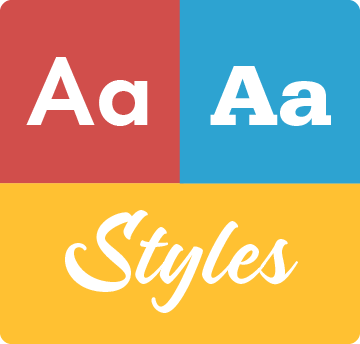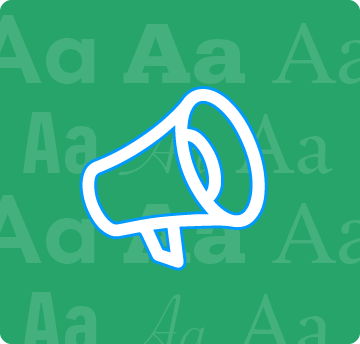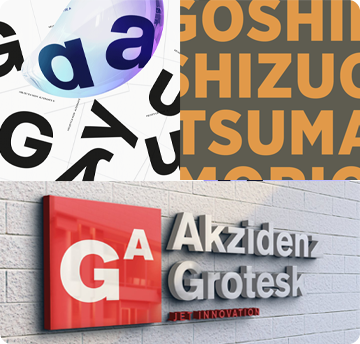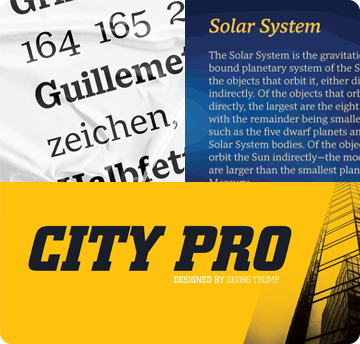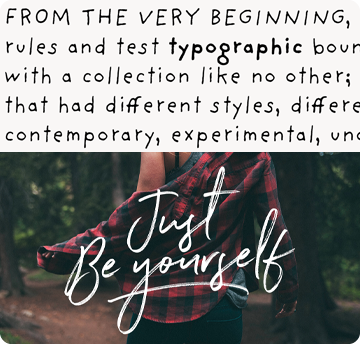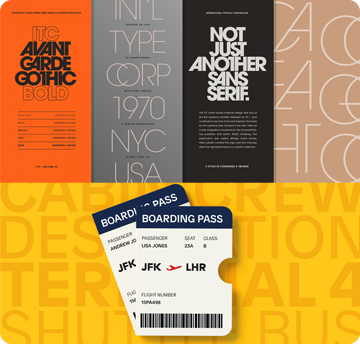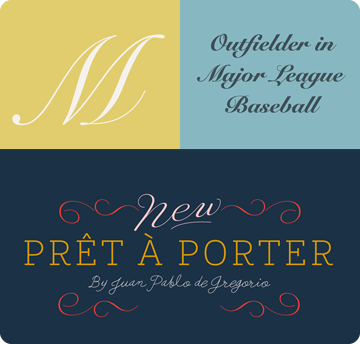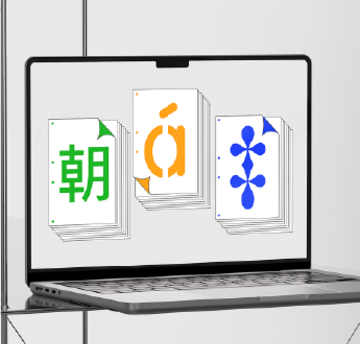The concept of the Baroque Roman typeface is something which is remote from us. Ungrateful theorists gave Baroque typefaces the ill-sounding attribute "Transitional", as if the Baroque Roman typeface willfully diverted from tradition and at the same time did not manage to mature. This "transition" was originally meant as an intermediate stage between the Aldine/Garamond Roman face of the Renaissance and its modern counterpart, as represented by Bodoni or Didot. Otherwise, there was also a "transition" from a slanted axis of the shadow to a perpendicular one. What a petty detail led to the pejorative designation of Baroque typefaces!
If a bookseller were to tell his customers that they are about to choose a book set in some sort of transitional typeface, he would probably go bust. After all, a reader, for his money, would not put up with some typographical experimentation. He wants to read a book without losing his eyesight while doing so. Nevertheless, it was Baroque typography which gave the world the most legible typefaces.
In those days, the craft of punch-cutting was gradually separating itself from book printing, publishing, and bookselling. Previously all these activities could be performed by a single person. The punch-cutter, who at that time was already fully occupied with the production of letters, achieved better results than if his creative talents were diffused in a printing office or a bookseller's shop. For example, the printer John Baskerville did not cut a single letter in his lifetime, for he used the services of the accomplished punch-cutter John Handy. It became the custom that one type founder supplied type to multiple printing offices, so the same typefaces appeared in various parts of the world. The typeface was losing its national character.
In the Renaissance period, it is still easy to distinguish a French Roman typeface from a Venetian one. In the Baroque period this could be achieved only with great difficulty. Imagination and variety of shapes, once reserved for the fine arts, now came into play. Thanks to technological progress, book printers were able to reproduce hairlines and imitate calligraphic typefaces. Scripts and elaborate ornaments were no longer the privilege of copper-engravers. The appearance of the basic design was also changing. The Renaissance stiffness was replaced with color and contrast. The page became darker, the layout more varied, and the lines more compact.
Baroque type designers made a simple but ingenious discovery—they enlarged the x-height and reduced the ascenders to the cap-height. The typeface thus appeared larger, more legible, and more economical in composition. The type area increased at the expense of the margins. Since paper was expensive, publishers aimed to sell as many ideas in as small a book block as possible. A narrowed, bold majuscule for use on title pages appeared for the first time in the Late Baroque period. The title page was laid out with the highest economy, comprising brief contents and the bookseller’s address. Bold uppercase letters gave way to subtle italics, vermilion highlights, ornaments, or engravings, with the printer’s name and year in small Roman numerals at the bottom. Every Baroque title page could pass as a striking poster.
The pride of every printer was a type specimen book. Among these, Fournier’s stands out, especially for the selection of texts. Fournier also established a system of typographical measurement, later revised by Didot, that is still used today. Baskerville introduced smoothing of paper by a hot steel roller to achieve astonishingly sharp letters. In other words, Baroque typography deserves anything but the attribute "transitional."
In the first half of the 18th century, besides well-known names such as Caslon, many type founders failed to publish manuals or gain fame. Some imitated established typefaces, while others pursued strange originality outside the mainstream of typographical art. The prints that inspired these six digital designs come from Paris, Vienna, and Prague around 1750.
The principle of transcription is to capture the letters in their intact form. But this does not mean copying every inadequacy of the imprint. The aim is not to evoke the rustic atmosphere of letterpress but to analyze the punches before printing. It is important to respect type size and avoid excessive scaling, since every size requires its own design. The longer we work with computers, where resizing is trivial, the clearer it becomes that a letter’s proportions are tied to its size. Computers, with their mathematical vectors, often strip away naturalness. That is why in these six alphabets we preserved anomalies that later type designers abandoned for their eccentricity.
Please accept this PostScript study as an attempt—possibly futile, possibly inspirational—to revive the warm magic of Baroque prints. Hopefully, it will provide pleasure in today’s modern type designer’s nihilism.



